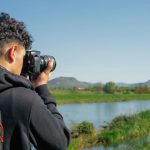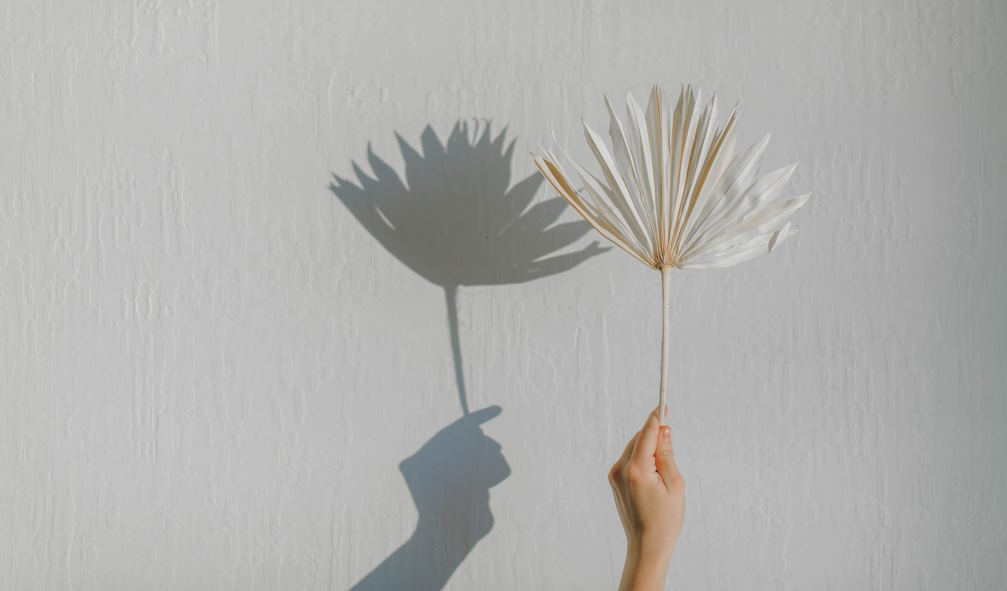
Creative Ways to Use Natural Light in Your Photos
Natural light holds a mesmerizing allure for photographers, akin to a painter’s brushstroke across the canvas of the sky. Its ethereal qualities dance with shadows, caressing subjects with a warmth that artificial lighting can seldom replicate. Harnessing the power of natural light in photography is akin to embarking on a journey where each sunrise and sunset unveils a new palette of colors and moods. In this digital age where technology often reigns supreme, there’s a certain magic in capturing moments bathed in the soft glow of dawn or the golden hues of dusk, reminding us of the timeless beauty that surrounds us.
Types of Natural Light
Natural light comes in various forms, each with its own unique qualities and characteristics. Direct sunlight can create bold contrasts and dramatic shadows, while the soft, warm glow of golden hour light adds a magical touch to your photos. Overcast light offers soft, even illumination, ideal for capturing subtle details and textures, while shade provides a natural diffuser, perfect for portraits and close-up shots.
Utilizing Window Light
One of the most accessible sources of natural light is the humble window. By positioning your subject strategically in relation to the window, you can control the intensity and direction of light to create stunning effects. Experiment with different times of day to see how the quality of light changes, and consider using curtains or blinds to modulate the light to your liking.
Indoor Photography Tips
Even when shooting indoors, you can still make the most of natural light. Position your subject near windows or other sources of light to maximize ambient illumination, and use bounce flash techniques to fill in shadows and add dimension to your photos. However, be mindful of mixed lighting situations, and use artificial light sparingly to avoid color casts and unnatural-looking results.

Creating Dramatic Effects with Natural Light
Natural light isn’t just about illuminating your subjects—it can also be used creatively to add mood and atmosphere to your photos. Experiment with silhouettes and backlighting to create striking, high-contrast images, or play with shadows to add depth and texture to your compositions. Don’t be afraid to incorporate lens flare for a touch of artistic flair, adding a sense of warmth and authenticity to your photos.
Using Natural Light for Portraits
When photographing people, natural light can be your best friend, providing soft, flattering illumination that enhances skin tones and minimizes imperfections. Position your subject in the shade to avoid harsh shadows and squinting, and experiment with different angles and perspectives to find the most flattering light. Remember to engage with your subject and capture their personality and emotions for truly captivating portraits.
Capturing Landscapes with Natural Light
In landscape photography, natural light plays a crucial role in highlighting the beauty of the natural world. Pay attention to the quality of light and how it interacts with the landscape, emphasizing textures, colors, and shapes. Incorporate foreground interest to add depth and dimension to your photos, and adjust your exposure settings to achieve balanced compositions that capture the essence of the scene.
Experimenting with Low Light Conditions
While natural light is abundant during the day, don’t overlook the creative possibilities of shooting in low light conditions. Push your ISO settings to capture moody, atmospheric scenes, embracing grain for added character and texture. Experiment with long exposures to capture the movement of light and create stunning nightscapes that showcase the beauty of the nocturnal world.

Tips for Editing Natural Light Photos
In post-processing, aim to enhance the natural beauty of your photos while retaining their authenticity and realism. Adjust colors and contrast to bring out the best in your images, and fine-tune exposure and white balance to achieve a natural-looking result. Avoid heavy-handed editing techniques that can detract from the inherent beauty of natural light photography, and strive to create images that are true to life.
Safety and Precautions
When shooting outdoors, especially in remote or rugged locations, it’s important to prioritize safety and take necessary precautions to protect yourself and your equipment. Be aware of environmental factors like weather and terrain, and always have a plan in place for emergencies. Carry adequate supplies, such as water, food, and first aid kits, and let someone know your itinerary and expected return time.
Inspiration and Creativity
Above all, don’t be afraid to experiment and push the boundaries of what’s possible with natural light photography. Draw inspiration from the world around you, whether it’s the soft glow of dawn breaking over the horizon or the dappled light filtering through a canopy of trees. Embrace unconventional lighting setups and techniques, and allow your creativity to flourish as you explore the endless possibilities of natural light photography.
Building Your Natural Light Photography Skills
Like any skill, mastering natural light photography takes time, practice, and dedication. Make a habit of shooting regularly in different lighting conditions, and don’t be afraid to step out of your comfort zone and try new things. Seek feedback and constructive criticism from peers and mentors, and use it as an opportunity to learn and grow as a photographer. Remember, there’s always room for improvement, so never stop honing your craft and refining your skills.